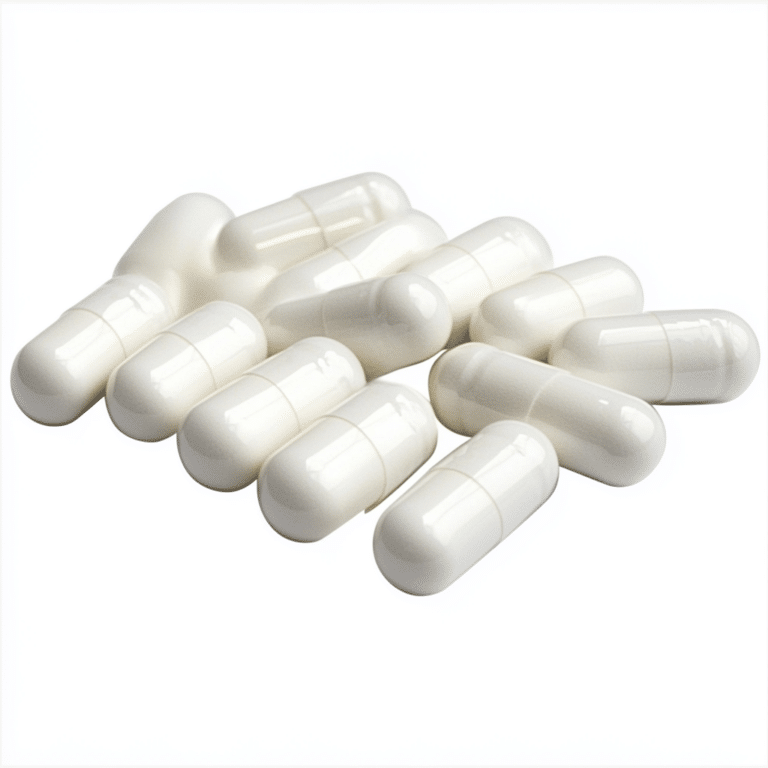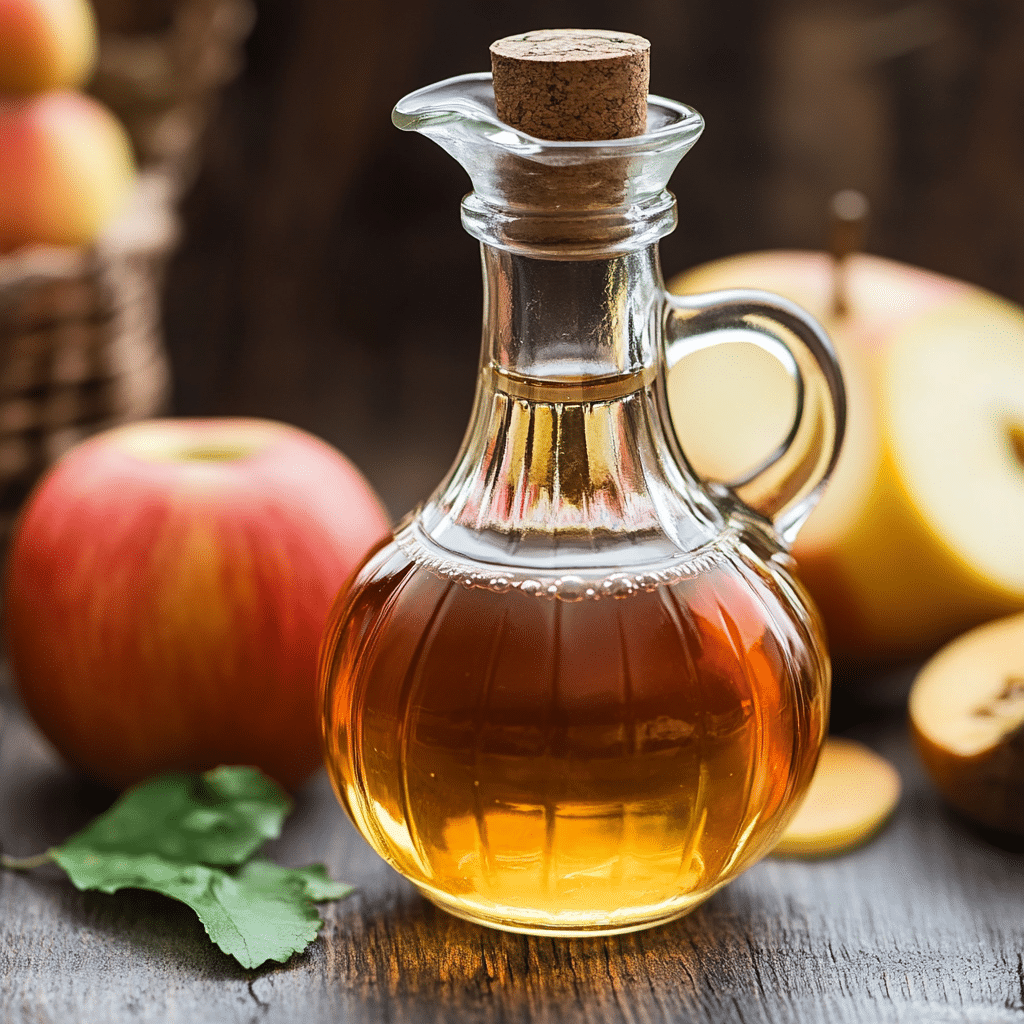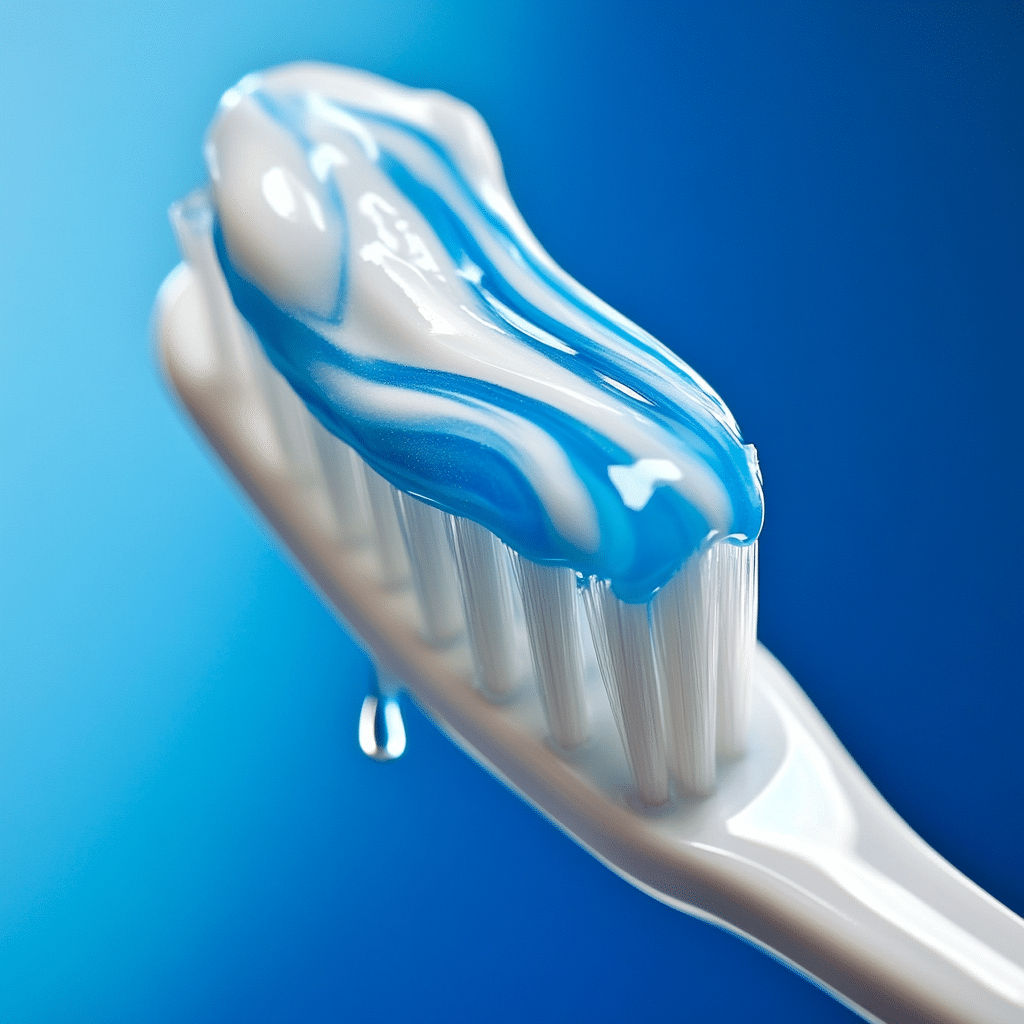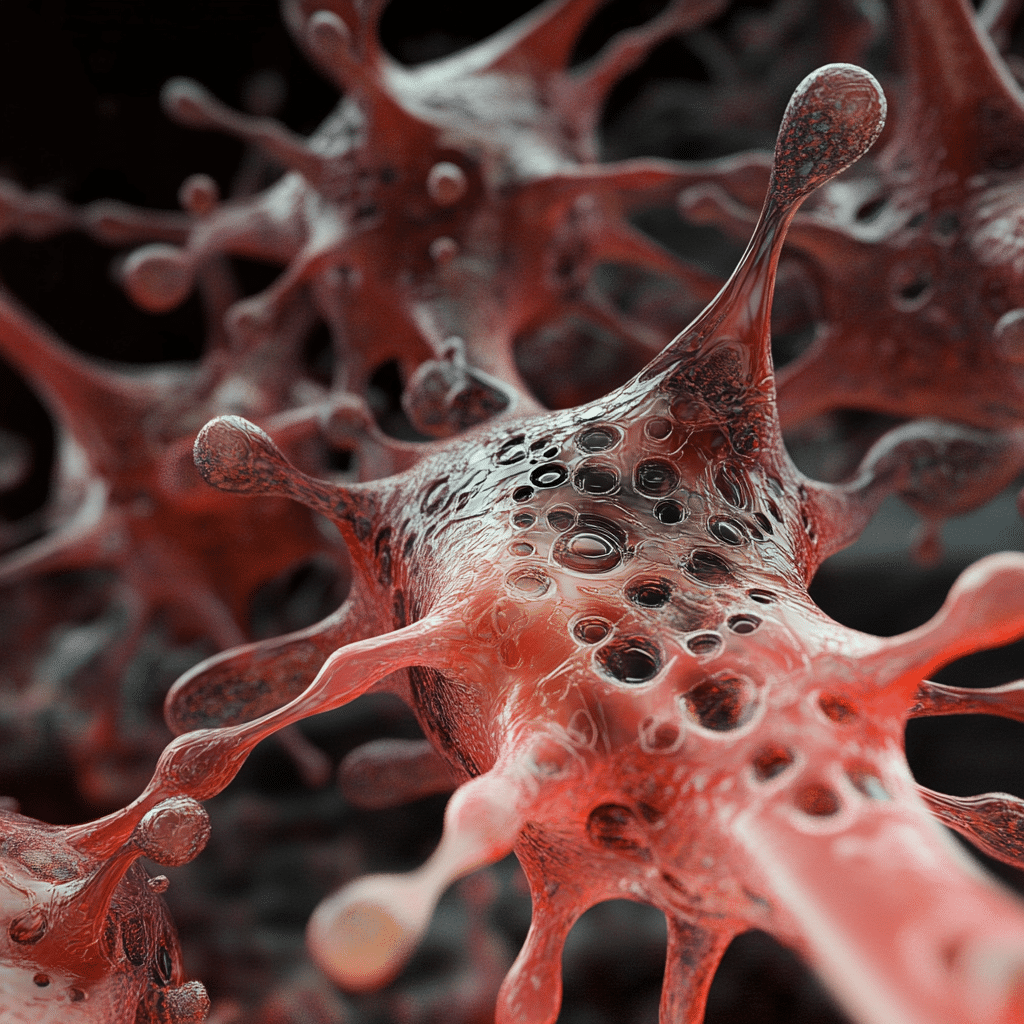Sterilization plays a pivotal role in our health and safety across various sectors, especially in healthcare, food services, and laboratory settings. Knowing the ins and outs of sterilization methods is fundamental to mitigating risks associated with infections and contamination. Buckle up, because we’re diving into seven powerful sterilization methods that will not only keep you safe but also ensure top-notch health protection.

Top 7 Sterilization Methods for Optimal Safety and Health
Let’s break it down into the top methods that dominate the sterilization game. These approaches promise maximum efficacy while being easy to understand!
Steam sterilization, often done with an autoclave, uses high-pressure steam to wipe out all forms of microbial life. Hospitals and laboratories rely heavily on this method to sterilize surgical instruments. Autoclaving operates at temperatures between 121°C and 134°C for specific times. Trust me, it gets the job done! A 2019 study in the Journal of Clinical Microbiology even confirmed its reliability in killing pesky pathogens like Staphylococcus aureus and Escherichia coli. Talk about impressive!
Chemical sterilization employs agents like ethylene oxide or hydrogen peroxide, making it perfect for items that don’t play nice with heat or moisture. Ethylene oxide can squeeze into those tricky nooks and crannies of medical devices. In 2021, the FDA endorsed enhanced cycles of vaporized hydrogen peroxide, maintaining device integrity while ensuring sterility. Companies like Steris have some stellar equipment in this domain. Their chemical sterilization systems get great reviews in surgical settings.
Picture this: gamma rays or electron beams doing their thing to sterilize single-use medical devices. Yep, that’s radiation sterilization for you! While this method requires specialized facilities, it’s widely used because it penetrates packaging without leaving behind nasty residues. Just think about the surgical sutures and implants that get treated this way—essential in preventing post-operative infections. That’s a huge win for patient safety!
Now, this method gets hot and heavy—literally! Dry heat sterilization operates at higher temperatures, typically between 160°C and 180°C. While it’s a bit slower, it’s perfect for materials that don’t like moisture. Glassware and metal surgical tools benefit greatly from this approach. The CDC even backs it up for situations where steam sterilization isn’t the best fit. When it comes to ensuring safety in your practice, dry heat is definitely a reliable option.
For heat-sensitive liquids and gases, filtration sterilization is a game-changer. It employs tiny membrane filters that trap bacteria and viruses, guaranteeing that what comes out is safe and clean. Companies like MilliporeSigma offer advanced filtration systems that are a hit in pharmaceuticals and biotech. Knowing that your sterile products are safe to use gives you peace of mind.
Plasma gas sterilization, often considered a newcomer, uses ionized gas to sterilize at low temperatures. That’s right—heat-sensitive instruments can now get the treatment they need without the stress of thermal damage. A study in the American Journal of Infection Control in 2022 suggested this method is as effective as traditional approaches and packs a punch against germs. It’s a nifty option for modern sterilization requirements.
Prophylaxis in sterilization is all about taking preventive steps before procedures. Using barriers and single-use tools can drastically slash the risk of infections. Research shows that such measures have reduced surgical site infections by over 30%. This is a vital approach in today’s health landscape, emphasizing the need for thorough strategies when it comes to sterilization.

Understanding Related Concepts: Proprioception in Sterilization Practices
Now, let’s switch gears and delve into an intriguing concept related to sterilization: proprioception. This is the body’s ability to sense its position, and it’s vital for surgeons operating in sterile fields. These professionals depend on proprioception to move effectively in high-stakes situations. Relying on instinct, along with rigorous sterilization protocols, allows surgical teams to focus on what truly matters—ensuring patient safety.

The Role of Lobotomy in Perception of Sterilization Techniques
While the term “lobotomy” triggers thoughts of past health practices that raise ethical questions, it serves as a reminder of how far we’ve come. Although lobotomies aren’t the norm today, examining such methods enriches our understanding of safe health practices. The shift from lobotomies to evidence-based treatments informs modern sterilization protocols, reinforcing commitments to patient well-being.

Final Thoughts on Safety and Health Through Sterilization
Staying informed about sterilization methods is key to maintaining a safe and healthy environment. Advanced technologies and strategies, from steam autoclaving to plasma gas options, reflect our dedication to health safety. As industries evolve, so must our understanding and implementation of these crucial methods. Let’s collectively champion a culture of health awareness, proactive measures, and innovative sterilization practices that keep everyone safe. Remember, the commitment to hygiene today keeps the worries of infection at bay tomorrow!
By embracing the power of sterilization, you not only protect patients but also foster an environment that thrives on health and safety. And let’s face it—when you look good and feel good, you’re unstoppable in your pursuit of getting shredded and maintaining a killer physique! Don’t forget to check out your health frequently, and you’ll stay ahead of the game. You’re not just lifting weights; you’re lifting the standards of safety and hygiene.

Sterilization: Ensuring Safety and Health
The Basics of Sterilization
Sterilization is more than just a fancy term thrown around in healthcare settings. It’s a critical process that eliminates all forms of microbial life, ensuring that tools and environments are safe for medical procedures. Interestingly, the history of sterilization can be traced back to ancient civilizations, where heat and herbs were used to purify instruments and water. Fast forward to today, and we’ve got high-tech methods like steam, chemical, and radiation sterilization that are lightning-fast and super effective. Speaking of speed, did you know that to convert measurements accurately—like from 3 Oz To ml—you might need a handy guide?
Fun Facts That Stick
Here’s a fun tidbit: the art of sterilization is so crucial that even in food processing, it plays a vital role to avoid contamination. One might say food safety practices are akin to finding the perfect substitute For eggs when you’re baking—a little science makes a big difference! On a lighter note, while you’re waiting for your food to cook, you could think about how mixing colors can lead to a whole new hue. And if you’re curious, What color Does blue And green make? It’s fascinating how simple principles govern both cooking and healthcare.
The Human Element of Sterilization
You might not think of sterilization in a personal context, but it touches our lives every day, from the tools a dentist uses to the instruments in a surgery room. In healthcare, feeling safe can often come down to the practices surrounding sterilization. Reflecting on safety, many people feel they are “the lucky ones” when they realize the standards upheld by medical professionals worldwide. And of course, when discussing safety, it’s worth exploring how innovations in procedures are compared to evasive strategies seen in Ufc Predictions—where timing and accuracy are everything.
So, whether you’re wondering how to ensure kitchen safety or looking to understand more complex health topics, remember that sterilization is a discipline that’s always evolving. Just like in other fields, such as the ongoing Crunchyroll lawsuit affecting media consumption, staying informed about sterilization methods is key to ensuring health and safety in all our interactions.



























